Bolivia is one of the most beautiful countries in South America. Mostly you will see here snowcapped mountains, frozen lakes with colourful landscapes, cultural beliefs and historical heritage. Largely you can see heritage and culture at Santa Cruz and Sucre city which leaves a severe impact on travellers minds. Similarly, Jesuit Missions of the Chitquitos is popular among history and heritage lovers. The surrounding ambience, calmness of location of ancient architecture has driven it into the list of UNESCO World Heritage site.
Know why the Jesuit Mission of the Chitquitos is so popular among Bolivians with other details.
Glancing into Jesuit Missions of the Chiquitos
The Jesuit Missions of the Chiquitos are located in the Santa Cruz department of eastern Bolivia. In 1990, UNESCO listed six of these former missions as a World Heritage Site. The missions were created as reductions [conversing spots] by Jesuits in the 17th and 18th centuries to convert local tribes to Christianity. They are distinguished by a unique combination of European and Amerindian cultural elements.
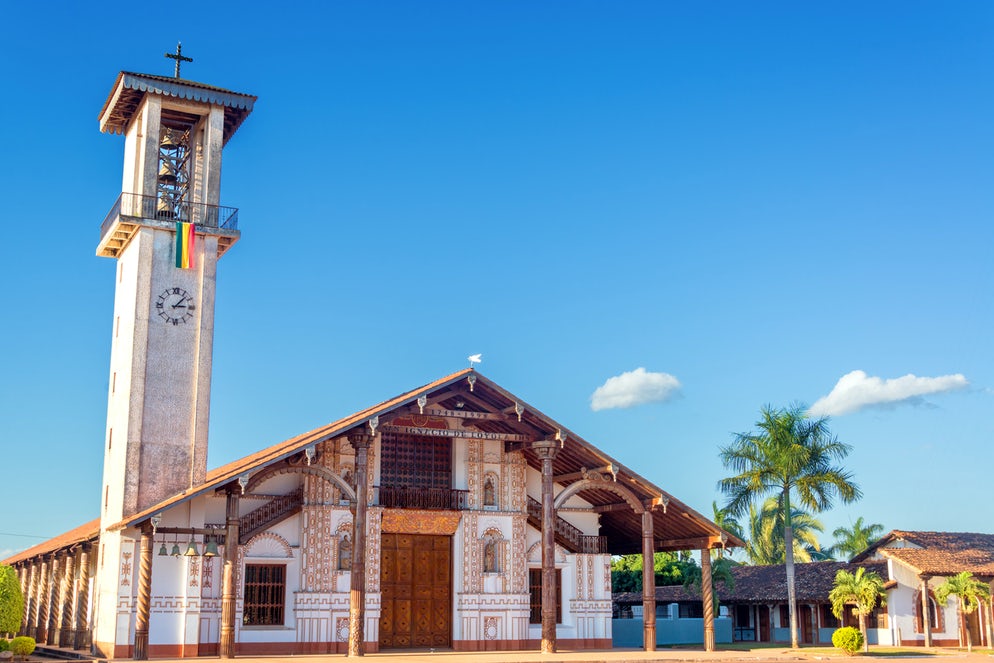
Six Jesuit Missions of Chiquitos are as follows San Xavier, Concepción, Santa Ana, San Miguel, San Rafael and San José. They are serving as cultural, religious and artistic hubs for their communities. Each mission has a similar layout, with a church, parish building, bell tower and other structures arranged around a courtyard, as well as a workshop, cemetery and orchard nearby. Each city’s church entrance overlooks a central plaza and the exteriors and interiors reflect the city’s aesthetic traditions.
Also Read: Tour Flemish Beguinages For Cultural and Heritage of Bruges
History of Jesuit Missions of the Chiquitos
The Jesuit Fathers were dispatched to the Americas by the Spanish Crown to bring Christianity to the native peoples. From 1696 to 1760, they established ten missions in the Chiquitos region of eastern Bolivia. The Jesuit Fathers’ word was communicated through the local chief in these missions or reductions, which were theocracies. Only the Chiquito language was permitted.
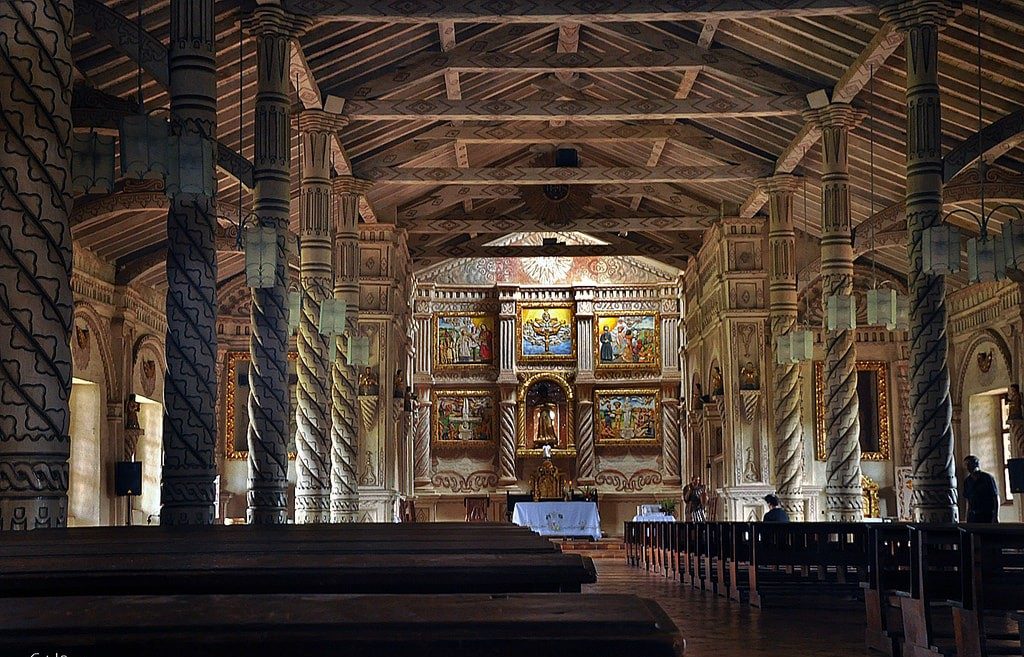
The Jesuits were influenced by the humanists”ideal cities.” They designed an urban model that had a rectangular square with a church, school and workshops on one side and indigenous peoples’ homes on the other three.
Top Attractions at Jesuit Missions of the Chiquitos
There are many missions set up by Jesuit but the six which are in the heritage list of UNESCO and gained popularity are mentioned below.
Jesuit Mission of San Francisco Xavier
San Francisco Xavier was established in 1691. The mission of San Xavier was the first of the missions to be designated as a World Heritage Site. The mission was relocated to the San Miguel River in 1696 due to the entrance of Paulistas from Brazil in the east. It was moved closer to Santa Cruz in 1698, but it was moved again in 1708 to protect the Indians from the Spaniards.
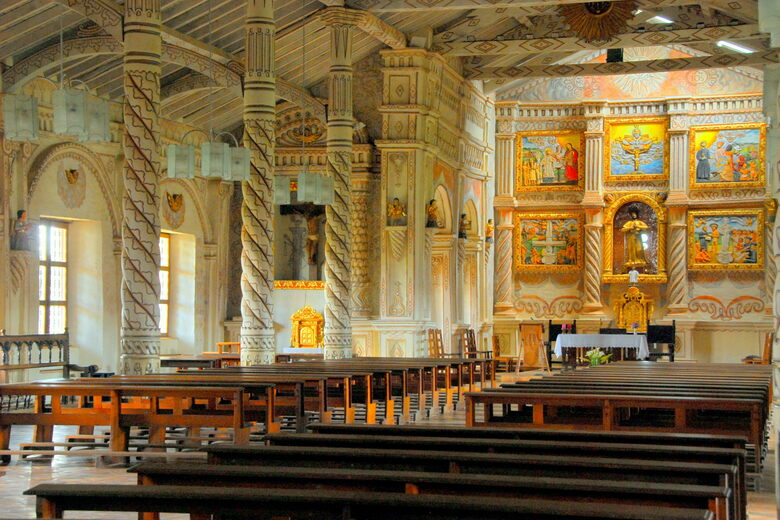
The Pinoca tribe were the first occupants of San Xavier. The Swiss Jesuit and architect Fr. Martin Schmid designed and built the church between 1749 and 1752. The school and church, as well as various residential architectural features, can still be seen in the community today. Between 1987 and 1990, Hans Roth renovated San Xavier.
Jesuit Mission of Concepción
Concepción Mission of Jesuit was established in 1709. The mission of Concepción, the fourth mission in the World Heritage Site, was constructed by the Jesuit priests Fr. Francisco Lucas Caballero and Fr. Francisco Hervás. San Ignacio de Boococas, a neighbouring mission, was founded in 1708.
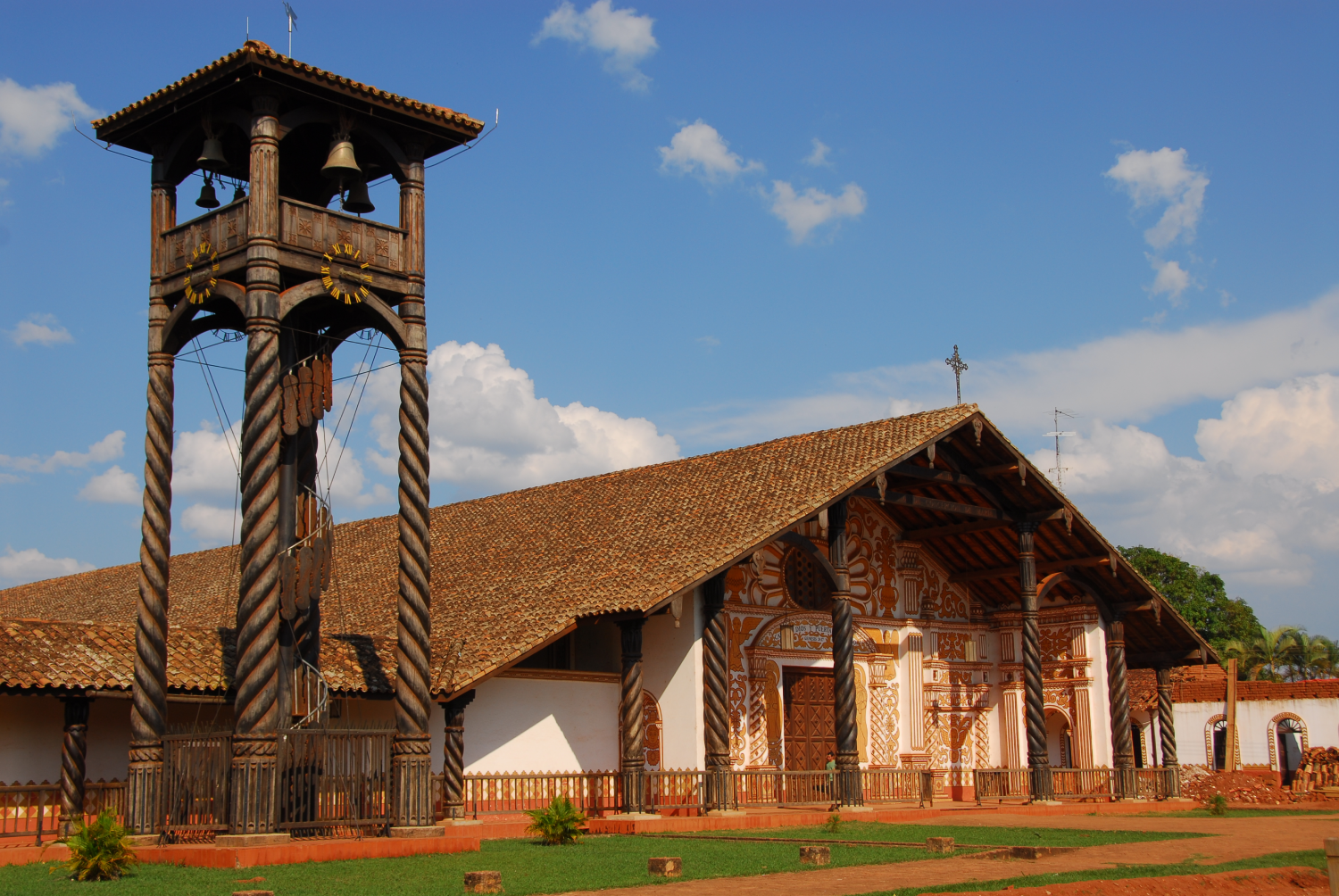
The mission was relocated three times. The Chiquitanos, the largest tribe in the area, lived on the mission. Fr. Martin Schmid and Fr. Johann Messner built the mission church between 1752 and 1756. The mission was also reconstructed between 1975 and 1996 as part of Hans Roth’s restoration effort.
Jesuit Mission of San José de Chiquitos
San José de Chiquitos is a city in the province of Chiquitos, Mexico. San Rafael de Velasco was the second of the six missions to be established and it is now a UNESCO World Heritage Site. It was transferred multiple times after being founded in 1695 by the Jesuits Fr. Juan Bautista Zea and Fr. Francisco Hervás.
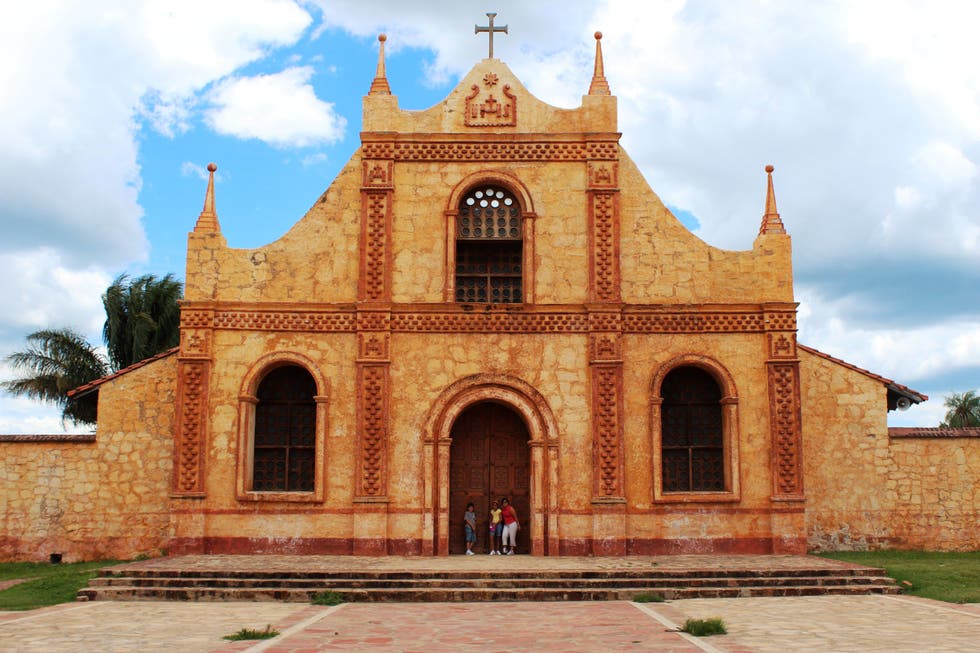
Because of diseases in the area, the mission had to be relocated in 1701 and 1705. Fr. Martin Schmid erected the church, which has survived. Between 1972 and 1996, San Rafael de Velasco was renovated as part of Hans Roth’s restoration project.
Jesuit Mission of Santa Ana de Velazco
Santa Ana de Velasco was the final mission to be recognised as a UNESCO World Heritage Site. Fr. Julian Knoller founded it in 1755. The Covareca and Curuminaca tribes, who spoke varieties of the Otuke language, were the original inhabitants of the missions. After the departure of the Jesuits, an unknown architect planned the mission church, which was built entirely by the indigenous people.
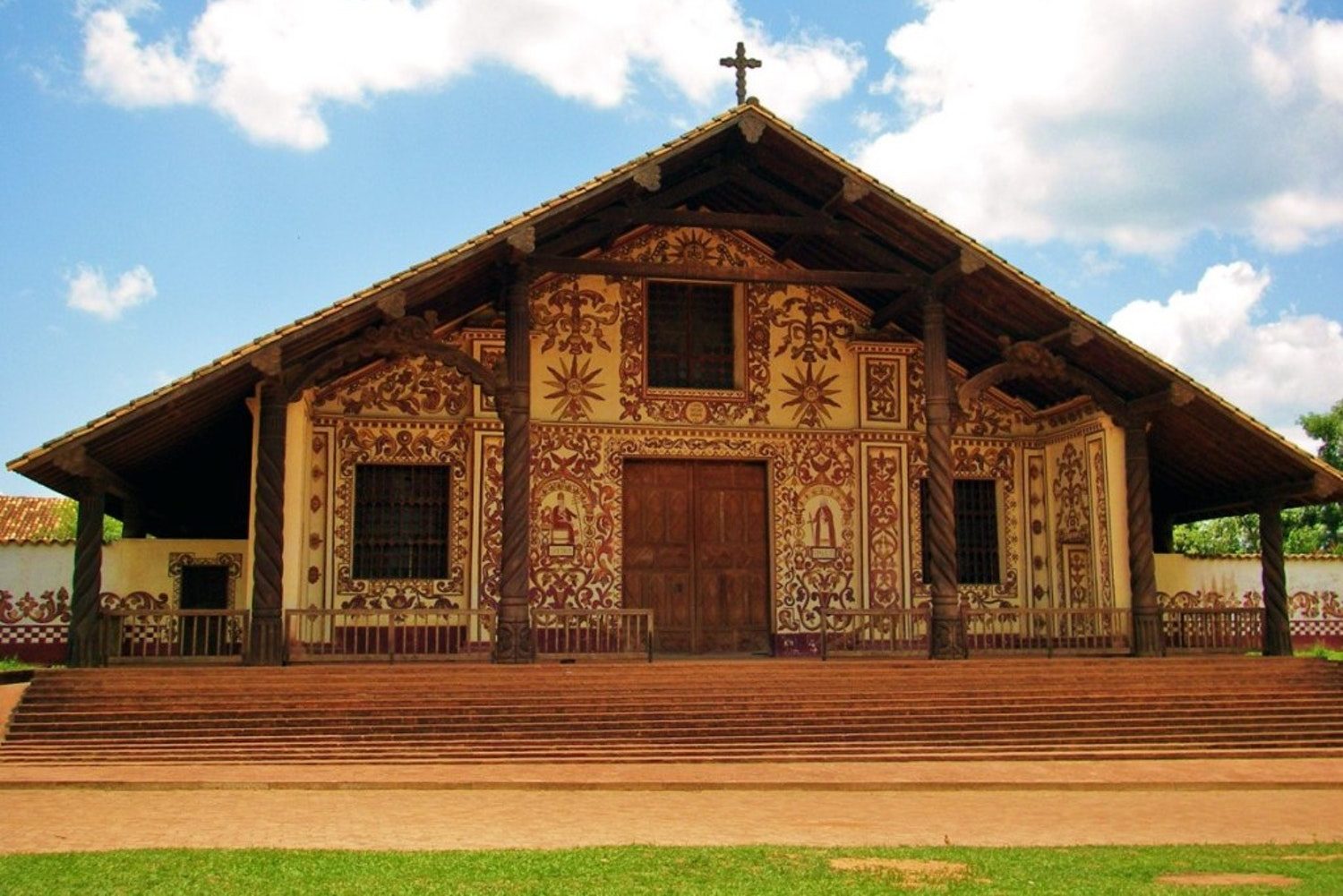
The complex, which includes the church, bell tower, sacristy, and a grassy plaza flanked by residences, is said to be the most faithful to the Jesuit reductions’ original plan. The mission was later partially restored.
San Miguel Mission of Jesuit
The mission of Concepción, the fourth mission in the World Heritage Site, was founded in 1699 by the Jesuit priests Fr. Francisco Lucas Caballero and Fr. Francisco Hervás. San Ignacio de Boococas, a nearby mission, was founded in 1708. The mission was relocated three times. The Chiquitanos, the largest tribe in the area, inhabited the mission. Fr. Martin Schmid and Fr. Johann Messner built the mission church between 1752 and 1756. The mission was reconstructed as part of Hans Roth’s restoration effort.
San Rafael Mission of Jesuit
San Rafael de Velasco was the second of the six missions to be established, and it is now a UNESCO World Heritage Site. It was transferred multiple times after being founded in 1695 by the Jesuits Fr. Juan Bautista Zea and Fr. Francisco Hervas.
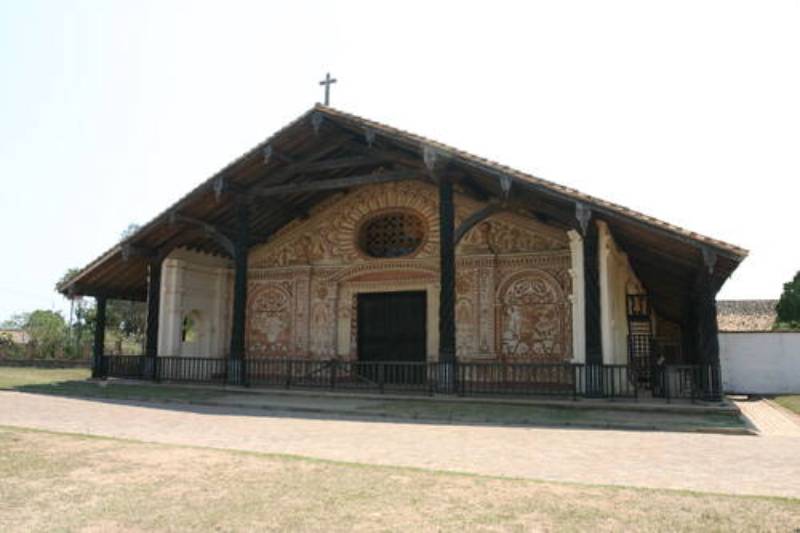
Because of diseases in the area and other disastrous effects, the mission had relocated many times. Between 1972 and 1996, San Rafael de Velasco was renovated as part of Hans Roth’s restoration project.
When You Should Visit
A round drive from Santa Cruz de la Sierra, the state capital, will take you to all of the Chiquito Missions. Several parish celebrations and the Festival of Renaissance and Baroque Music, which takes place every two years, are the ideal times of the year to visit the Missions.
Management Actions
The Chiquitos Jesuit Missions were built in the 17th and 18th centuries and were preserved by local citizens until the mid-20th century when younger generations began to feel less obligated to the missions because of long-standing community commitments. The six Jesuit Missions of Chiquitos were inscribed on UNESCO’s World Heritage List in 1990 for their artistic qualities, cultural value and integrity. In response to the circumstances of the mission, local groups started a conservation movement and a management plan was created in 2007.
The local people want to upgrade infrastructure and develop sustainable visitation methods across these locations because tourism has expanded. Bolivia lacks a robust national heritage police and a fully implemented management plan for the Jesuit Missions of Chiquitos would advance dialogue regarding the protection of cultural resources in the country.
Also Read: The Jewel WHS Of Minas Gerais – Town Of Diamantina
This heritage site in Bolivia is full of cultural aspects and loaded with historical facts. In our blog, we can only give you a small overview of this beautiful location but in reality, it is more than we have described here. So plan a trip to Jesuit Missions of the Chiquitos.

